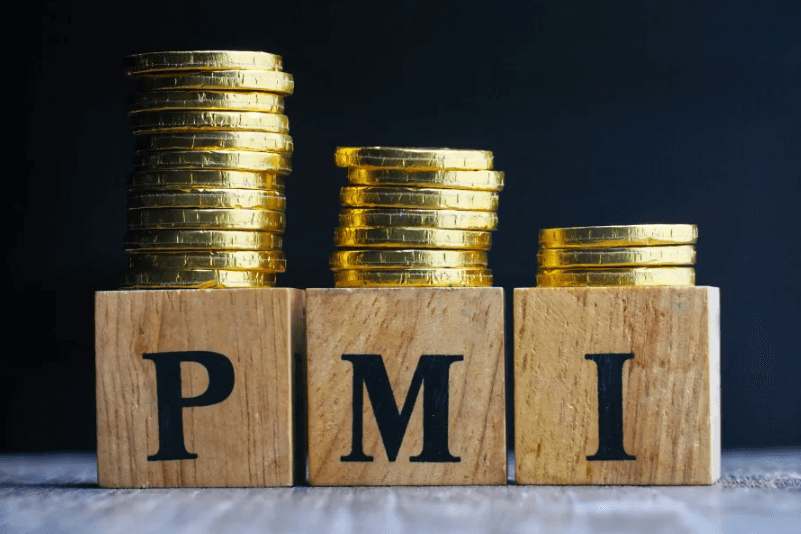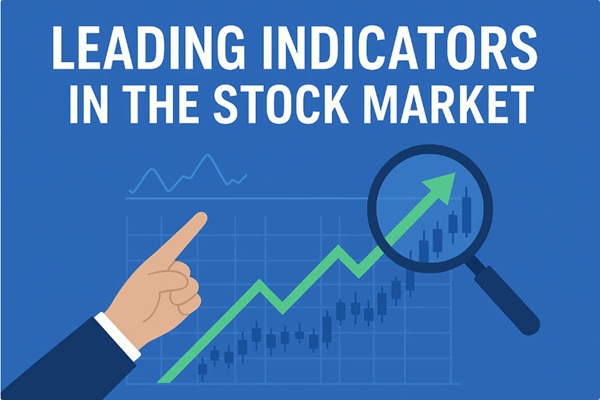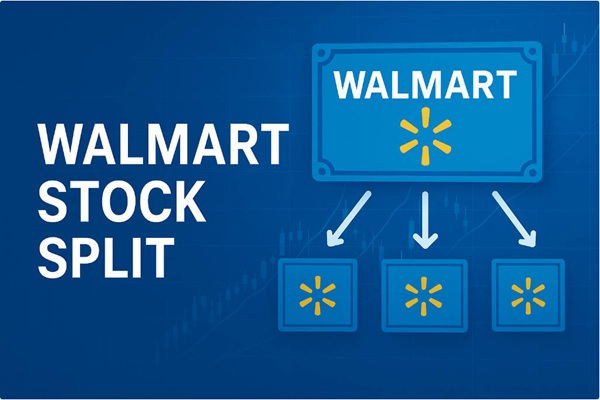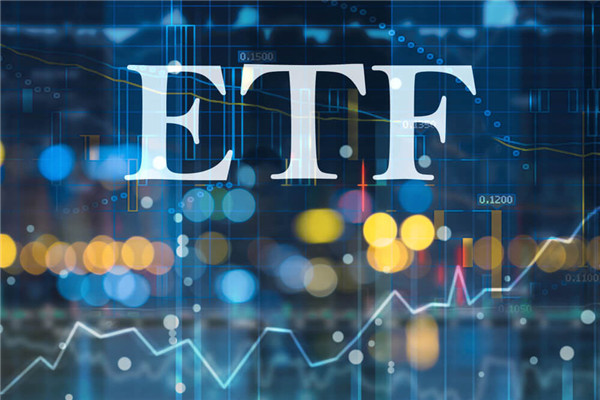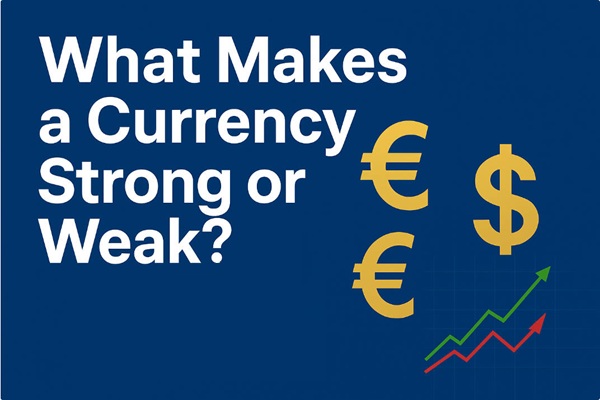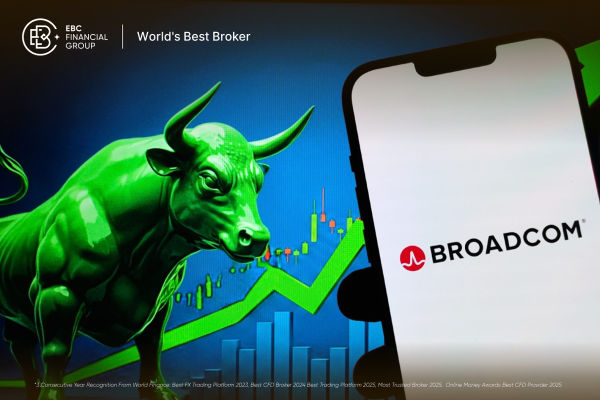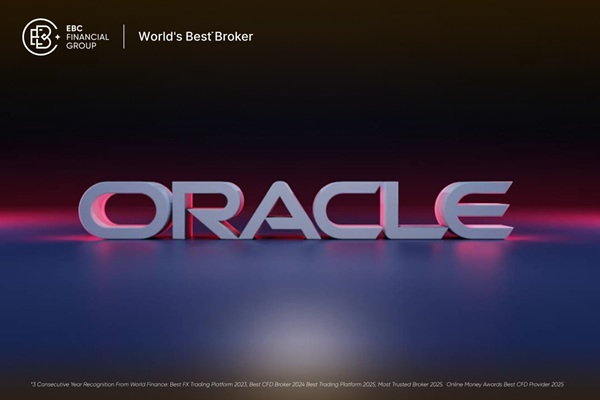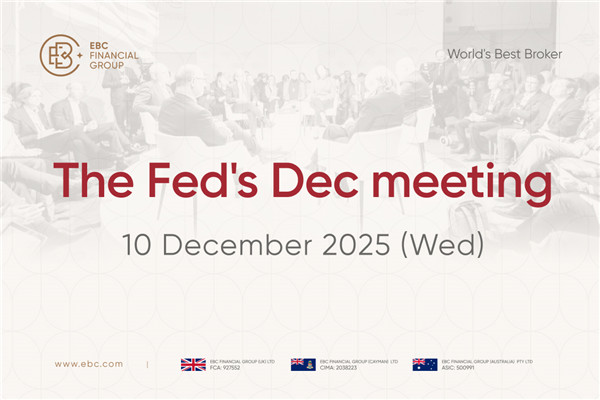In the investment world, there's a well-known leading indicator of economic conditions, often associated with stock markets and critical for predicting economic trends. This indicator is the Purchasing Managers' Index, or PMI.
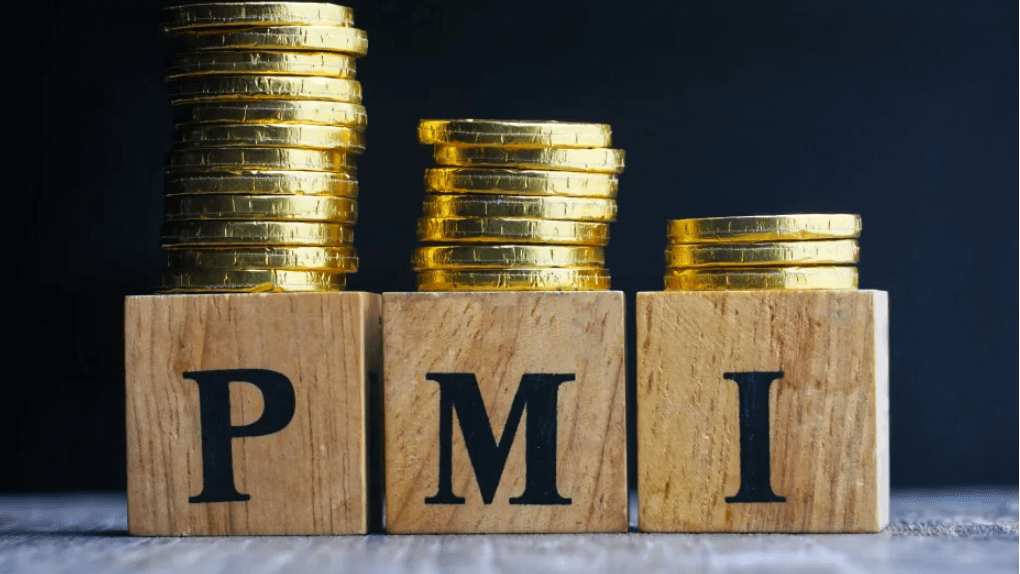
What does the Purchasing Managers' Index (PMI) mean?
The Purchasing Managers' Index, abbreviated as PMI, is derived from the first letter of the word "purchasing managers index." It compiles data from monthly surveys of purchasing managers from the most representative companies in a country, reflecting economic activity through dynamic changes in indicators such as new orders, production, employment, delivery times, and inventories.
PMI originated in the United States and has been adopted in over 20 countries. In China, the National Bureau of Statistics has been publishing the official PMI data since 2005. and there is also a private sector PMI report, known as the "HSBC PMI," which may differ slightly from the official data.
The PMI scale ranges from 1 to 100. with 50 serving as the dividing line. A PMI reading above 50 indicates economic expansion, while a reading below 50 suggests economic contraction.
Each month, based on market trends, analysts make predictions for the upcoming month's PMI data. The actual PMI value is then published at the beginning of the following month. If the actual value is lower than the expected value, it may indicate a potential economic downturn, while the opposite suggests economic expansion.
PMI is categorized into three main sectors: manufacturing, services, and construction. As a comprehensive economic indicator, it covers multiple aspects of economic activity, providing a basis for macroeconomic control and guidance for corporate operations. Due to its fast and straightforward survey method, PMI is considered a leading indicator for investment decision-making.
Furthermore, it exhibits a high correlation with GDP, PBI, and other economic indicators. The turning points in PMI often lead those in GDP by approximately one month. This makes PMI a valuable tool for both government macroeconomic management and investor decision-making.
What is the most widely used international GDP
| Characteristic |
Nominal GDP |
Real GDP |
| Definition |
Current prices and exchange rates |
Base-year prices |
| inflation Impact |
Not considered |
Considered |
| A given year |
Current year |
Base year (usually an earlier year) |
| Economic Size |
Loose |
Growth |
| Cross-Year Comparison |
Not suitable |
Suitable |
What does the Purchasing Managers' Index reflect?
PMI is a forward-looking indicator that reflects future economic trends. When PMI shows continuous improvement, it is seen as a positive signal of economic expansion, often influencing stock market performance positively. Conversely, when PMI is declining, it may signal a potential economic contraction, which can impact stock markets negatively.
Additionally, PMI is a crucial factor in central bank decision-making regarding monetary policy. A strong and continuously rising PMI may indicate an overheating economy, which may prompt the central bank to consider raising interest rates as a safeguard.
Regarding its correlation with the stock market, historical data shows a strong positive relationship between PMI and stock market performance over the past two decades. When interpreting PMI data, it is essential to understand that it is just one of many factors influencing market trends. However, it can serve as a leading indicator, helping investors make informed decisions.
Furthermore, the relationship between PMI and other factors like unemployment rates, interest rates, and inflation is significant. An increase in PMI is often associated with decreasing unemployment rates, and vice versa. Understanding these dynamics is crucial for a comprehensive analysis of economic conditions.
In summary, PMI is a forward-looking indicator of economic conditions and an important tool for predicting market trends. While it is a valuable component in decision-making, it should be considered alongside other factors and tailored to individual circumstances.
Purchasing Managers' Index for September 2023
| Country |
Previous Value |
Current Value |
Release Date |
| US Manufacturing |
47.6 |
49 |
2023/10/2 |
| US Non-Manufacturing |
54.5 |
53.6 |
2023/10/4 |
| China Manufacturing |
49.7 |
50.2 |
2023/9/30 |
| China Non-Manufacturing |
51 |
51.7 |
2023/9/30 |
| Switzerland |
39.9 |
44.9 |
2023/10/2 |
Purchasing Managers' Index Calculation Formula
The PMI is derived from a questionnaire survey. The questions cover various aspects, such as production, orders, inventory, employment, and the supply chain. After the survey responses are collected, various sub-indices are calculated, including the production index, the new orders index, the employment index, the delivery time index, and the inventory index. These sub-indices reflect different aspects of economic activity.
The PMI is then calculated by assigning weights to these sub-indices based on their economic importance and taking an average. The formula for calculating the PMI is as follows:
PMI = (New Orders × 30%) + (Production × 25%) + (Employment × 20%) + (Delivery Times × 15%) + (Inventories × 10%)
This formula combines the different sub-indices to create an overall PMI value, which serves as an indicator of economic activity and trends.
Disclaimer:This material is for general information purposes only and is not intended as(and should not be considered to be)financial,investment or other advice on which reliance should be placed.No opinion given in the material constitutes a recommendation by EBC or the author that any particular investment,security,transaction or investment strategy is suitable for any specific person.
